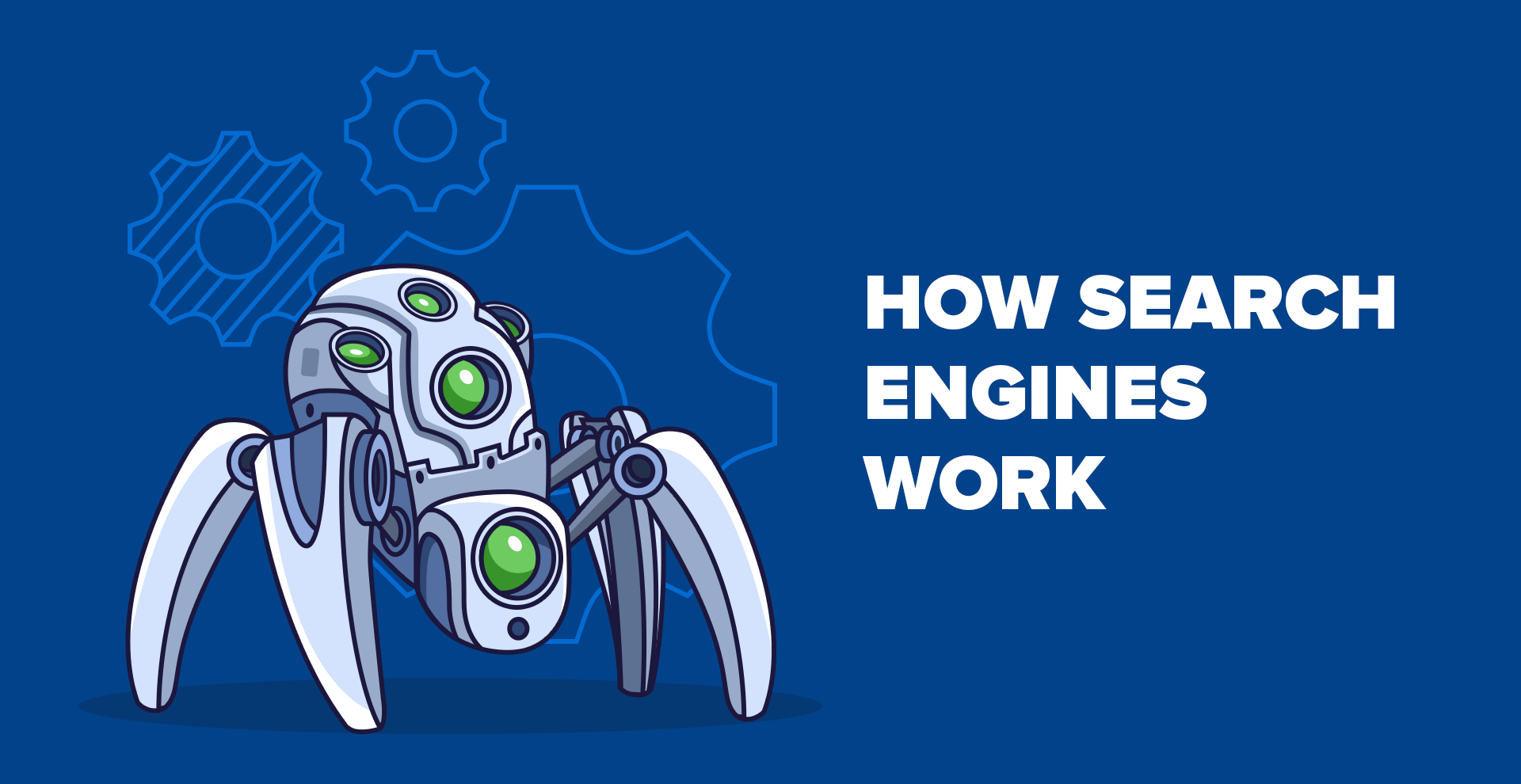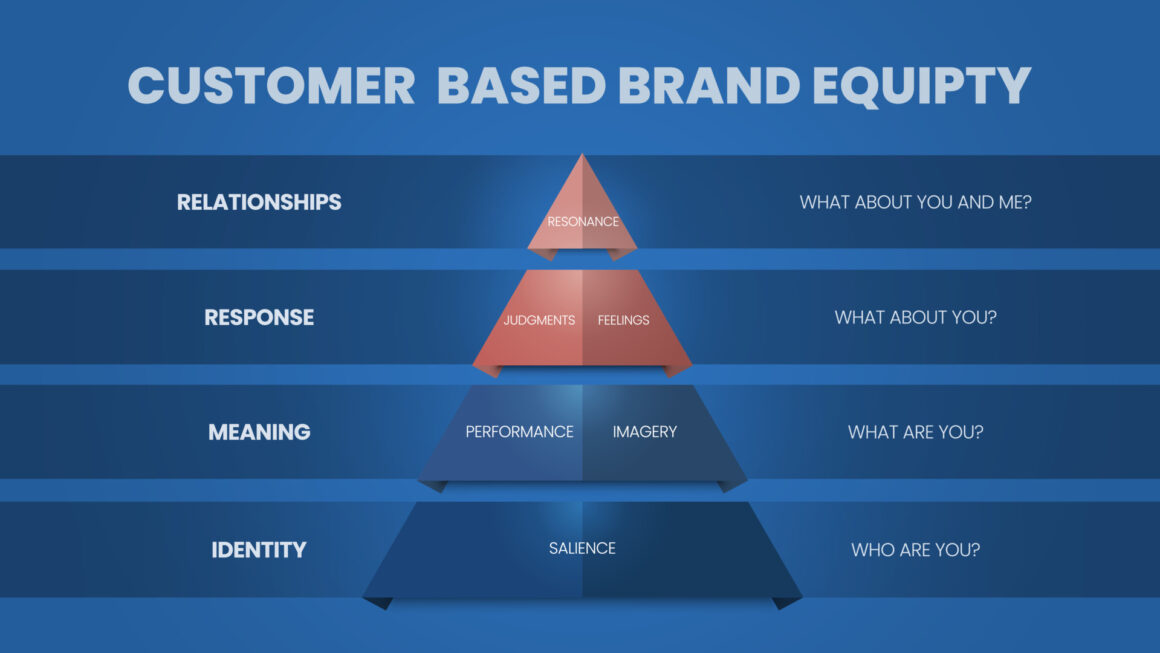How do Search Engines Work?
Search engines like Google, Baidu, Microsoft Bing and many others work to provide users with most relevant search results. To solve searcher’s query, search engine has to understand not only what the user wants but also how data on the internet is organized. The most basic functions of any search engine are:
Crawling: Crawling is the process by Search Engines send out a small piece of programme called ‘crawlers’, ‘spiders’ to scan through the documents on the web. Once it arrives at a page, it scans through the content and stores selected pieces in the Search Engine’s databases. Google’s database is called Caffeine. The search engine does so to create an index of webpages so that it can provide the most relevant information to searchers. It keeps on updating the database and new webpages to it.
Once the crawlers find a webpage, it follows all the links on a page and keeps doing the same on all the subsequent pages.

Indexing: Once a website has been crawled and the data captured by the crawlers is stored in massive databases. The next step for the search engine is to use this data to create an index of all the websites the crawlers have come across. So when users type in a Search Query, Search Engines look at their index to determine which pages to display.
Ranking: Now there could be thousands or millions of pages relevant to a search, but the search engine has to show the most relevant ones. The process by which Search Engines order these pages to show to a user is called ‘Ranking’. This is done by computer algorithms that look at various signals called ‘Ranking Factors’ to provide relevant and popular results.
Now SEO plays an essential role in determining the page rank. Search engine sites like Google considers over 200 factors while deciding on ranking. Some of those Important Factors are:
- Website and URL Structure: The website must have clear navigation and helpful URL folder structures. The site has to be organised logically into categories and sub-categories and URLs have to be descriptive.
- Mobile Friendliness: Website must be mobile friendly as the majority of people search via mobile devices.
- Domain Security: Domains, DNS, and digital certificates need to be a part of your cybersecurity risk posture. Websites that start with https are supposedly more secure.
- Topic Authority: The more content you publish on a particular topic, the higher each piece of content belonging to that topic will rank in Google’s SERPs.
- Keyword intent: Search engine looks for the intent behind the search while matching the keywords.
- Page Content Structure: A webpage should use relevant and supporting images and make proper use of headers and sub-headers.
- Website speed: Webpages that loads faster are considered better and thus are ranked better.
- Meta Tags: Meta tags are snippets of text that describe a page’s content; the meta tags don’t appear on the page itself, but only in the page’s source code. It includes title, keywords, image, etc.
- Inbound Links: Inbound links are those links that direct users from an external site to your webpage. These links are a good indicator of popularity and trust
Keyword Research
A keyword is a significant word or phrase that relates to the content on your website and it describes the essence of the content. In terms of SEO, Keyword is the phrase/word that the searcher enters in the search engine to search for a particular topic.
Keyword Research helps in identification of the relevant keywords to optimise. There are multiple factors to consider in Keyword Research. Some of them are:
- Relevancy
- Popularity
- Level of competition
Some of the popular tools for Keyword Research are:
- Google Trends
- Google Ads Keyword Planner
- SEM Rush
- Google Autocomplete / Related Searches
Components of SEO Optimisation:
1. Technical
- Site performance – Page Loading Speed
- Optimised for mobile phones
- Use of appropriate search-friendly tags
- Ensuring the site is readable by Search Engine bots: Use of Robots.txt, that are the text file used to instruct search engine bots how to crawl pages on their website.
- Good internal links
- Site Structure: Use of Descriptive URLs and presence of Sitemap – typically located in the root folder
- Site description: Use of Meta Tags, Title Tag, Meta Description
2. On-Page
- Content is laid out in an easily accessible manner
- Appropriate use of relevant keywords across all key tags (Title, Description, H1)
- Regular content refresh
- Try to have the keyword in the URL
- Keyword appearing in first 100 words of page content
- Use of multimedia typically indicates high-quality content
- If using images, note that Google can’t read or “crawl” images the same way it crawls text.
- To help Google read images, give images alt text (or “alt tags”) that best describe the image in the context of the webpage on which the image is published.
- Ensure there is no duplicate content on the site
- Having pages such as Contact Us, Privacy can help signal that the site is trustworthy
- Ensure proper spelling and grammar, else site might be perceived as low quality
3. Off-Domain
- Building good quality inbound links from reputed websites are more valuable than other inbound links. Links from websites that are considered important for that topic are more valuable.
- Anchor text is considered to be one of the strongest signals used in rankings.
- Strong social media presence
- Links from other website are a very important signal of popularity and trust
Some considerations to keep in mind:
- Freshness is important
- Be careful of linking to or getting links from ‘spammy’ sites
- The value that a link passes is likely to be diluted by the number of links on a page.
- Link building should not just be about SEO – it can also send targeted, valuable visitors to your site.
You might also like to read about Social Listening or Immersive Technology
[wpforms id=”320″ title=”true”]


